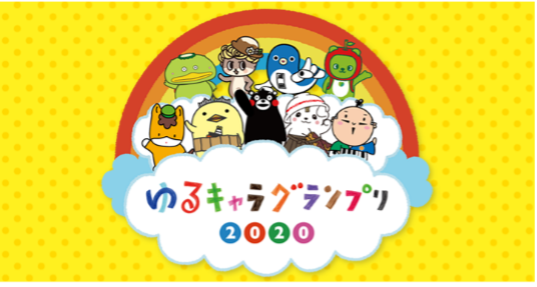
Sep
MASCOTS IN JAPAN: LARGER-THAN-LIFE CHARACTERS
The idea of mascots isn’t unique to Japan. Everywhere in the world, one can find mascots all around them. When someone thinks of mascots, the ones belonging to sports teams or food companies come to mind and Japan is no different. However, the Japanese world of mascots is much different in terms of size and cultural impact from Western countries.
YURU-CHARA
This is the Japanese term given to mascots. It comes from the words “yurui,” meaning mascot and a contraction of the word “character.” This term was first coined by Jun Miura, a famous cartoonist and illustrator in Japan. He stated that a real yuru-chara should meet the three requirements:
- Convey a strong message
- It should be unique
- It should be loveable

Since 2010, a contest known as Yuru-chara Grand Prix has been held to determine which mascot is the most popular in Japan in two categories: local characters and corporate characters. There were almost 400 contestants in the 2020 edition, with millions of people voting online for their favourite character.
CELEBRITY STATUS
It has become almost impossible for any corporation, event, brand, or local government not to have their mascot. Even the military has a mascot for each of its branches: air force, army and navy.
Some mascots have become so popular that they have become brands of their own, including having their own merchandising. It is not uncommon to see the mascots for the prefecture of Kumamoto (Kumamon) and the city of Funabashi (Funassyi) on various television programs and events.

Funnasyi is one of the very few players to have won the Japanese version of the famous American show “Are you smarter than a 5th grader?”. Its popularity is such that the renowned store Kiddy Land in Tokyo dedicated one of its stores to this mascot alone for two years.
GETTING PEOPLE INVOLVED
The appeal and power of yuru-chara in Japan are so powerful that the Tokyo Olympic Committee decided to involve elementary school-aged kids in the selection process for the mascots that would represent the 2020 Olympics games. Children were asked to choose between 3 different designs. The process was the first of its kind in the history of the Olympics games, but it also allowed Japanese children to develop a sense of ownership and affection towards the mascots.

WHAT IS THE LEVERAGE?
The Japanese market is quite saturated that local brands use mascots to break through the clutter and reach their desired target audience. By using mascots in their promotion and advertising, foreign brands can compete with local brands and connect with the Japanese audience.
On the other hand, if a brand does not have a mascot, it presents an excellent opportunity to involve its target audience in creating one with the Japanese audience in mind.
Making the audience develop a sense of ownership with a brand is one of the strongest connections in the world of marketing.



Sorry, the comment form is closed at this time.